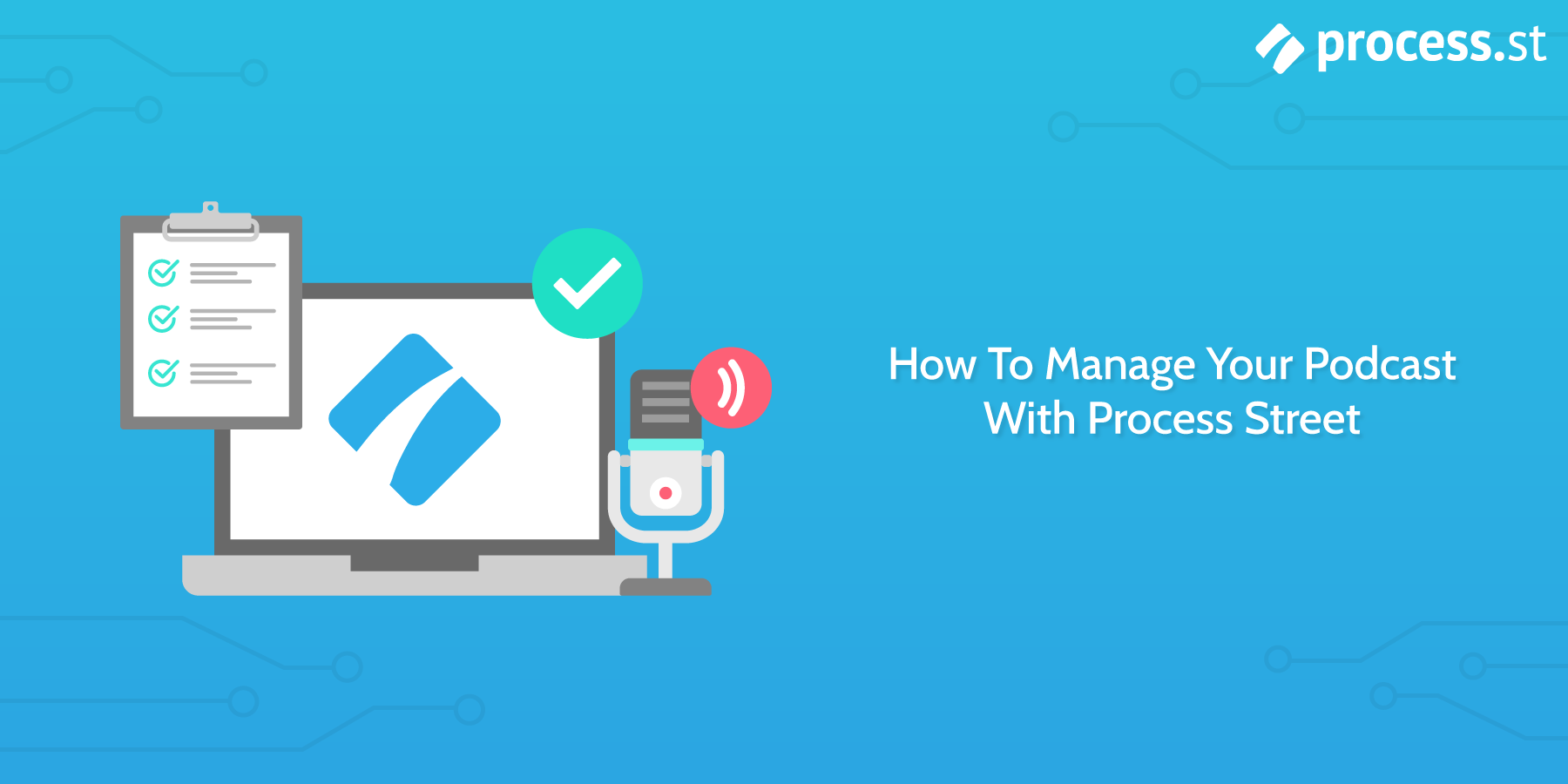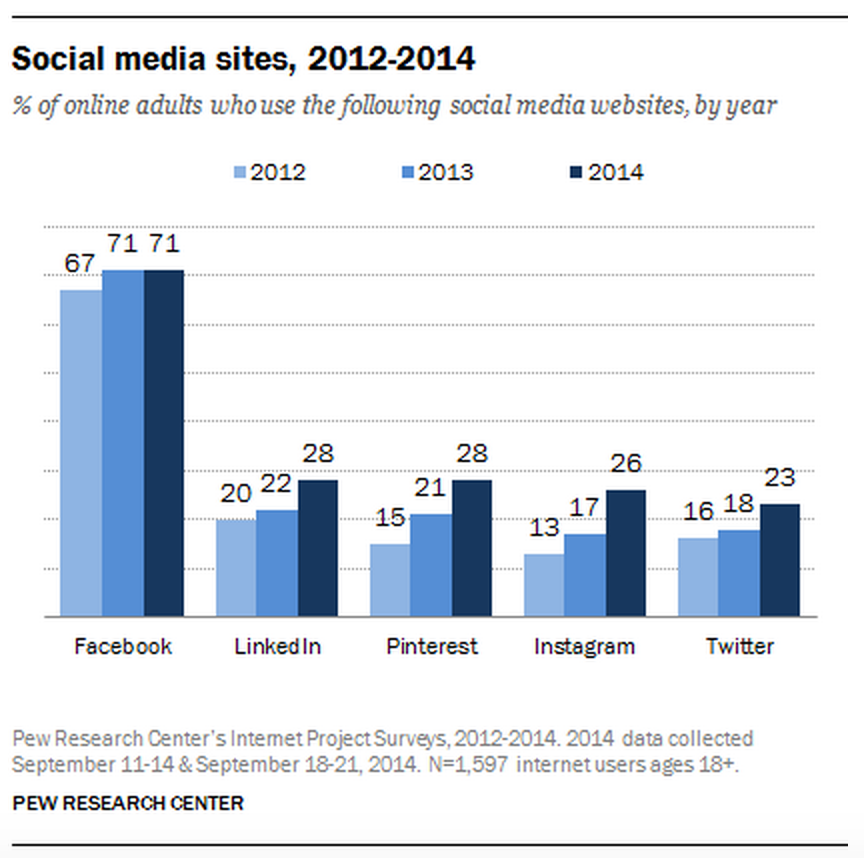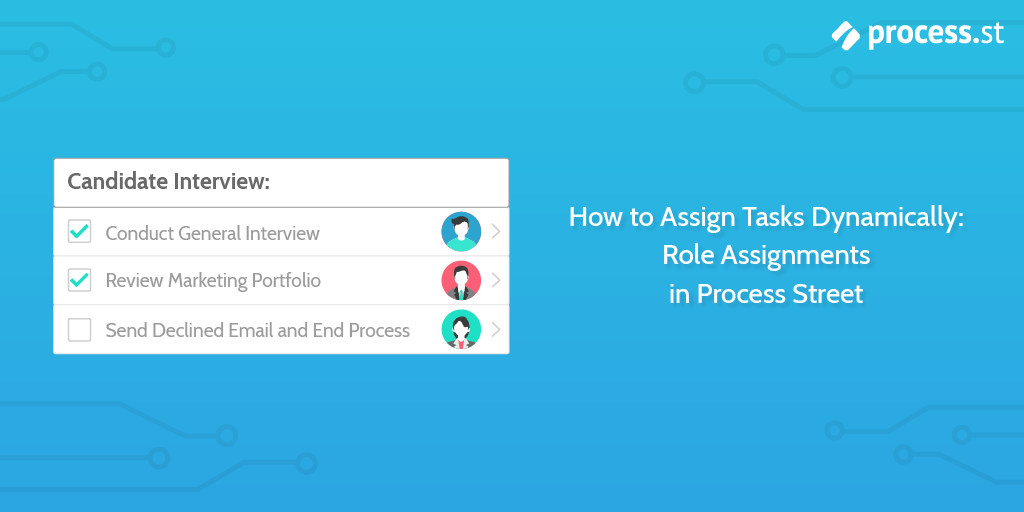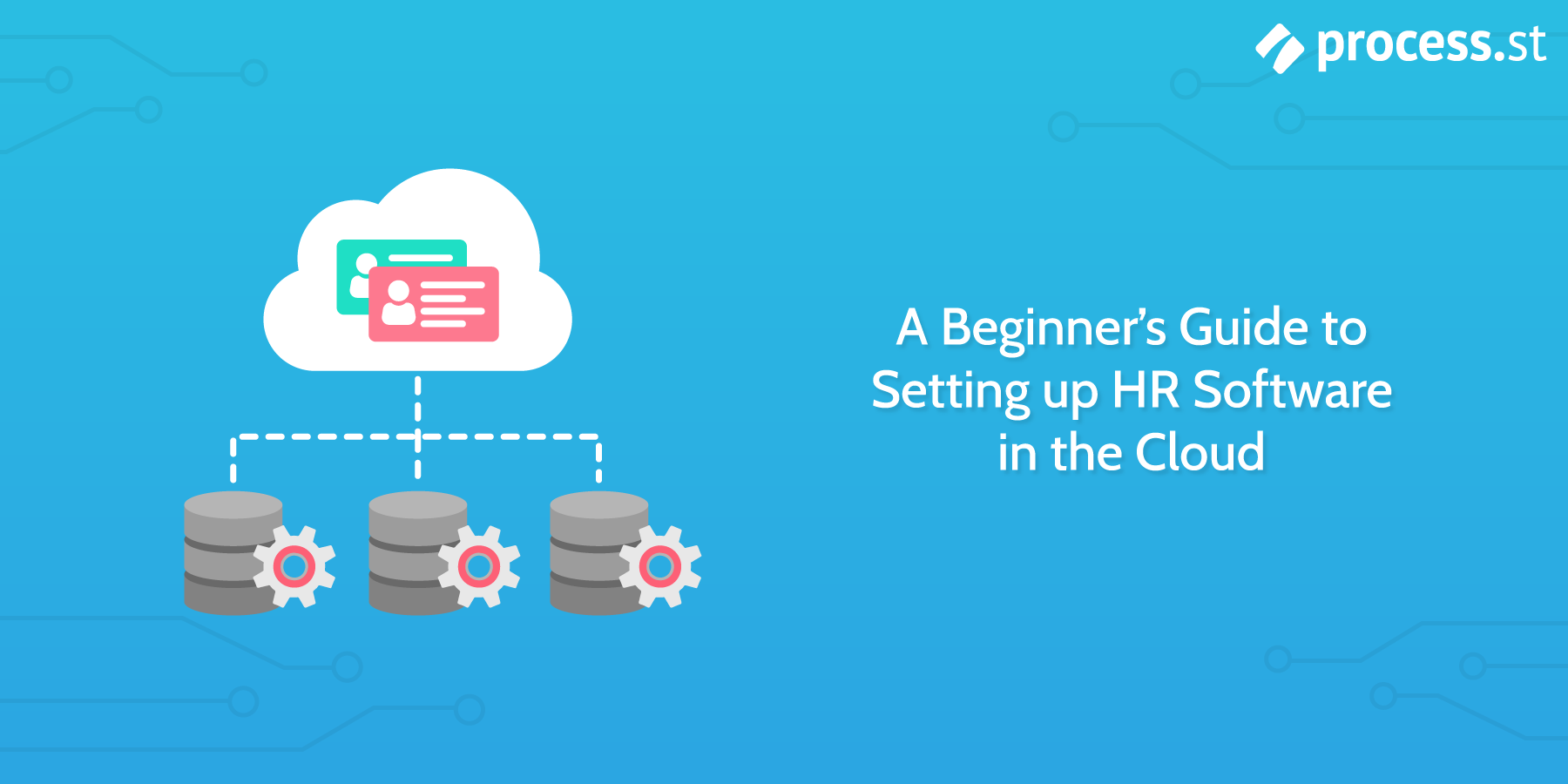
There are 2.7 billion smartphone users worldwide. Within the first quarter of 2019, these app users had 2.6 million Android apps and 2.2 million iOS apps to choose from.
Competition to thrive in the app industry is fierce.
Mobile keyword ranking could be your saving grace.
What do I mean by mobile keyword ranking?
Mobile keyword ranking plays a key part in the process of marketing a technological application (app). With mobile keyword ranking, you can measure how well your app stands out when targeted keywords are used. The aim is to attract the largest possible number of users by ensuring your app ranks highly for all relevant keywords. With an effective mobile keyword ranking strategy, you will maximize the revenue generation of your app.
Keep reading to discover Process Street‘s mobile keyword ranking top tips.
Our top tips have been gathered from App Annie’s Webinar: Win in the App Store with ASO and Paid Search.
App Annie is the guru of app marketing. By listening to their webinar, we have gathered key points straight from the professionals. We have summarized these key points, to produce this succinct tool kit to optimize your mobile keyword ranking.
This article has been structured as below:
- Mobile keyword ranking: What is App Store Optimization (ASO)?
- Mobile keyword ranking: App Store Optimization and why it is important
- Mobile keyword ranking: Organic search strategy
- Mobile keyword ranking: Paid search
- Mobile keyword ranking: Organic vs paid search
- Mobile keyword ranking: Keyword defense
- Mobile keyword ranking: Platforms to understand your downloads and optimize target keywords
- Use Process Street to help you with your optimized your mobile keyword ranking







 Workflows
Workflows Forms
Forms Data Sets
Data Sets Pages
Pages Process AI
Process AI Automations
Automations Analytics
Analytics Apps
Apps Integrations
Integrations
 Property management
Property management
 Human resources
Human resources
 Customer management
Customer management
 Information technology
Information technology



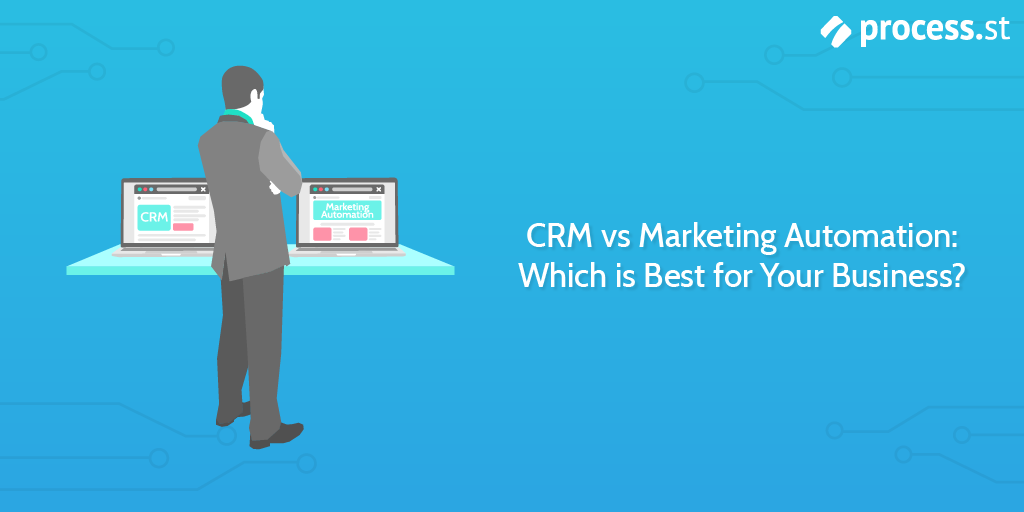
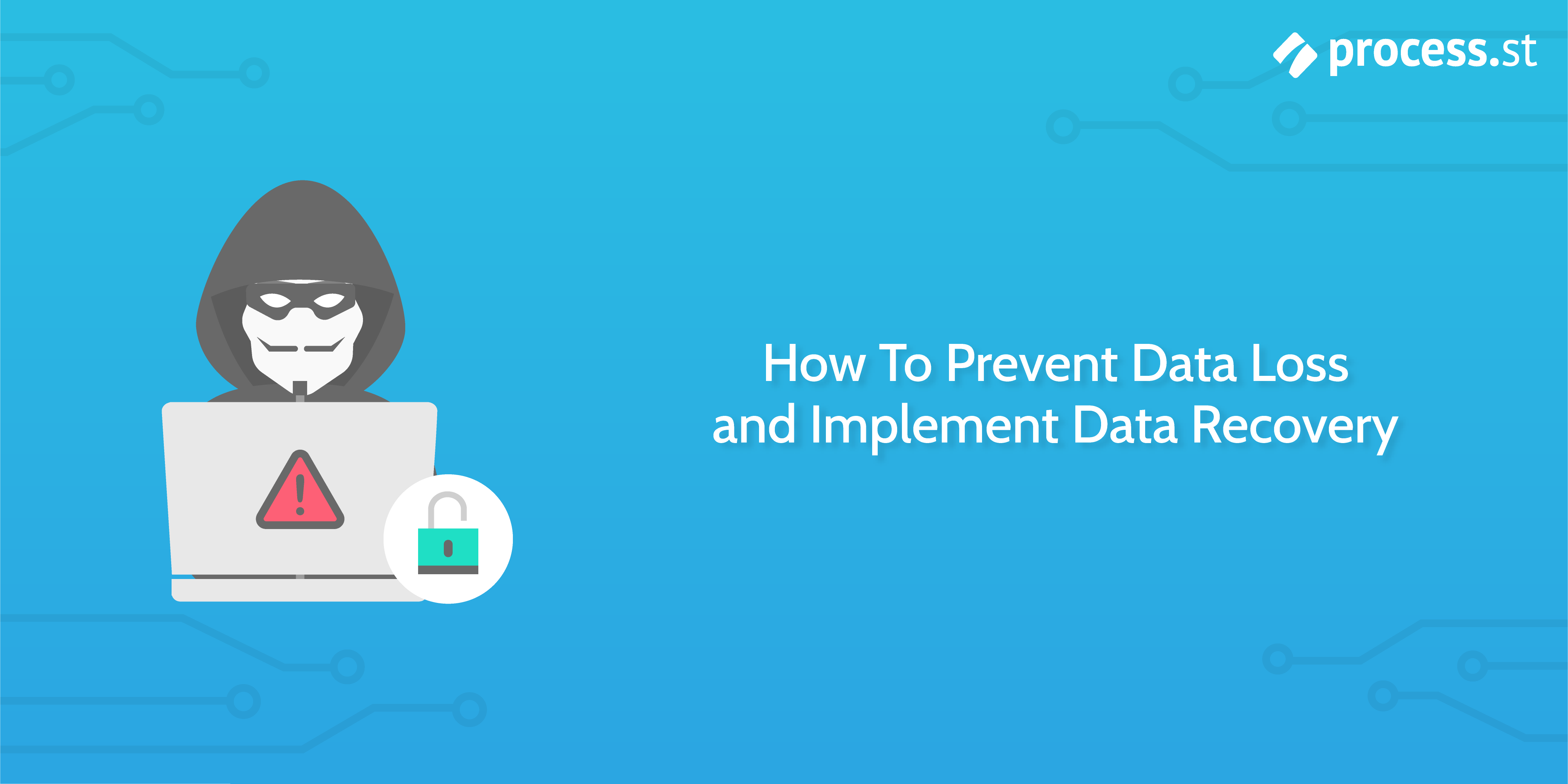
 Automation has been one of the key emerging trends of the late 2010s, and will likely be a defining characteristic of the 2020s.
Automation has been one of the key emerging trends of the late 2010s, and will likely be a defining characteristic of the 2020s.

